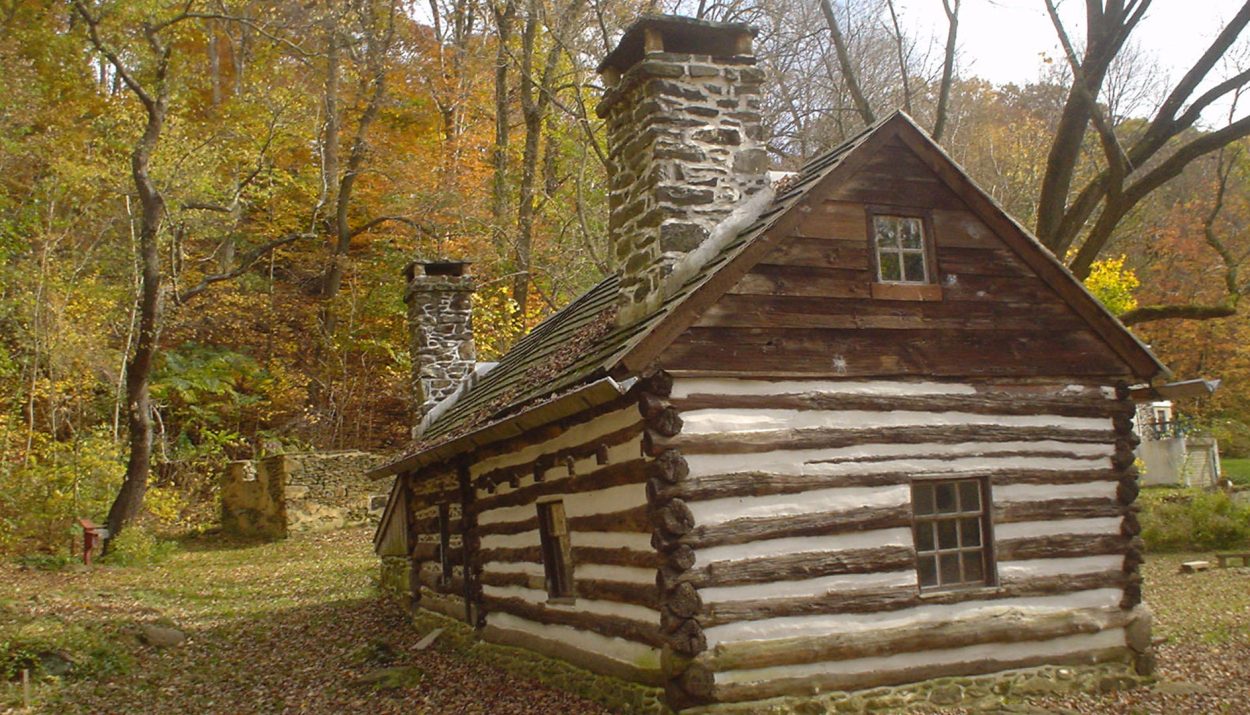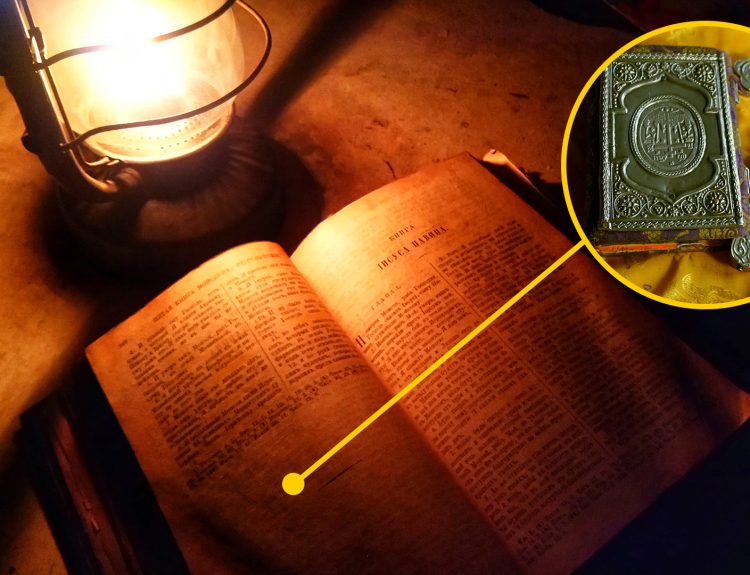From historic Puebloan cliff abodes to European-era wooden cabins, we’ve completed a list of some of the oldest man-made structures you can check out across the United States. Many of them offer interesting tours, lucious walking trails, and insightful museum exhibitions where you can find out more about America’s yesteryear.
Alaska: Russian American Magazin, Kodiak, circa AD 1804
Constructed by the first Russian settlers in Alaska during the 1800s, the Russian American is one of the oldest structures in Kodiak, formally known as Pavlovsk.
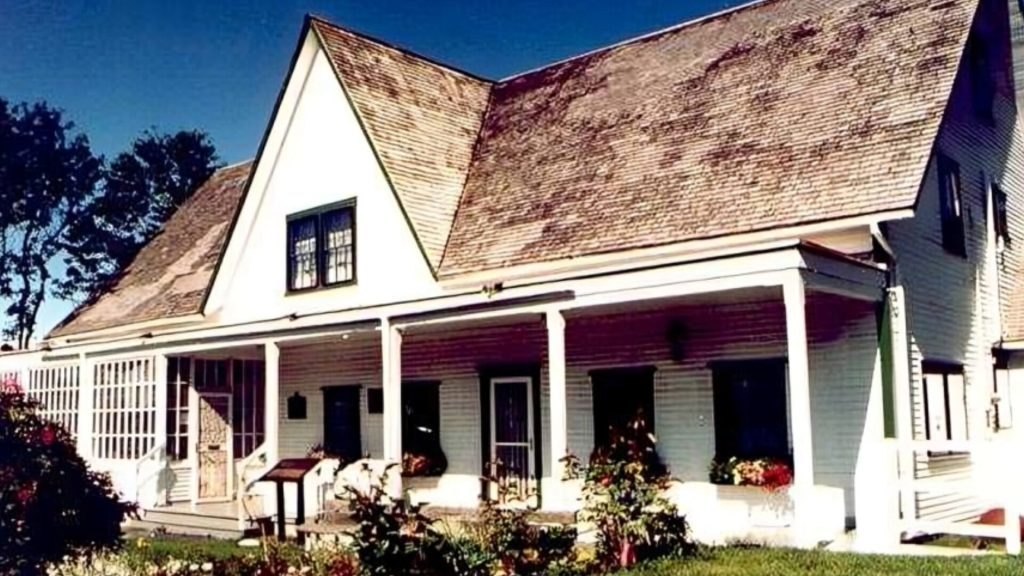
Using traditional Russian log construction, the building’s original function was as a storage facility for furs. Following Alaska becoming part of the American territory in 1867, the building was used as a private residence, social hub and boarding house before finally becoming the Kodiak History Museum. You can go inside and explore rooms lined with the history of the city.
Alabama: Florence Indian Mound, Florence, AD 100-500
In the northwestern corner of Alabama lies the Florence Indian Mound, an ancient man-made structure built between AD 100 and 500. A sign at the base of the steps explains that the grassy landmark was probably used as a base for ceremonial temples or chief’s houses, and was encircled by an earthen wall.
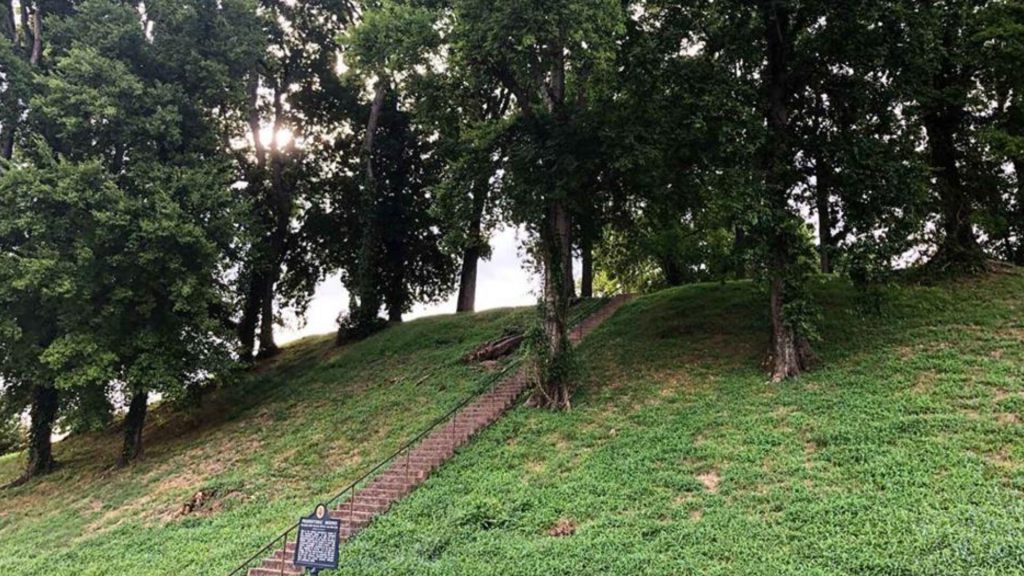
You can climb the steps to the top to take in the ancient wonder; it’s thought smaller mounds, villages and cultivated fields once lay nearby
Arkansas: Plum Bayou Mounds Archeological State Park, Little Rock, AD 650-1050
The Plum Bayou Mounds are the remnants of a large ceremonial complex. Among them, a mound that is 48 feet high, making this the tallest Native American mound in Arkansas.
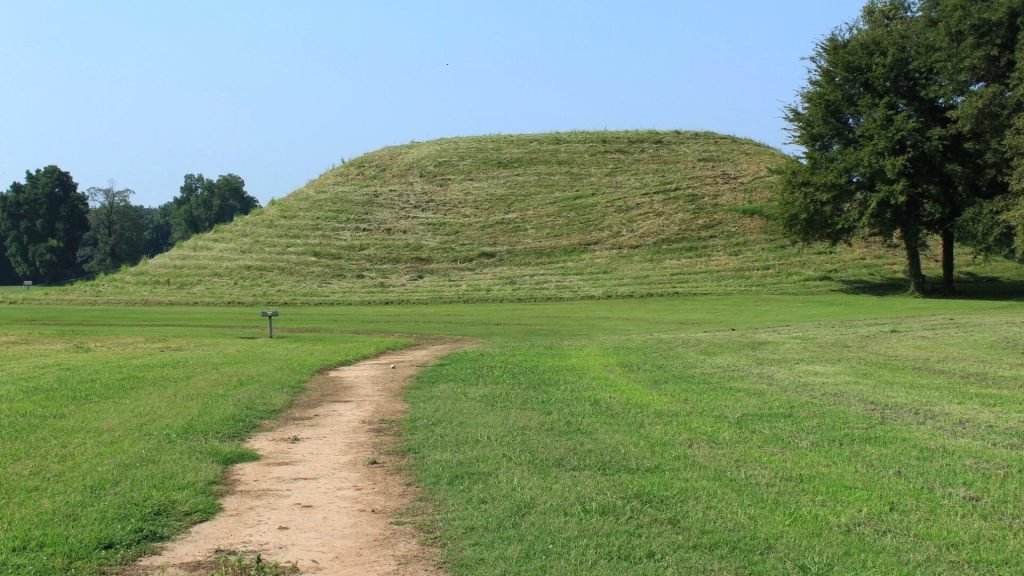
These mounds were inhabited between AD 650 and 1050, you can explore the area by guided tour.
Arizona: Mummy Cave, Canyon de Chelly, AD 300
Arizona boasts numerous ancient dwellings, pueblos and ruins. One of the most ancient that we know of is Mummy cave in Canyon de Chelly.
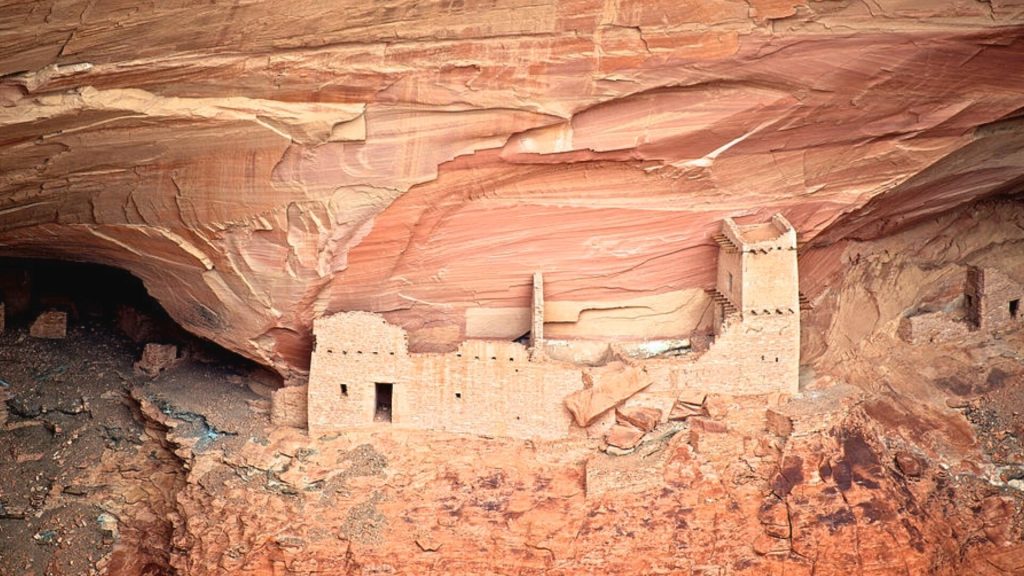
Constructed by ancient Puebloans, the Mummy Cave has 70 rooms and they are believed to be from 300 AD. You can see the cave from Mummy Cave Overlook on the park’s North Rim Drive.
Colorado: Mesa Verde National Park, AD 450
These dwellings were home to Ancestral Puebloans who occupied this region for more than 700 years, and they believe these dwellings date back to AD 450.
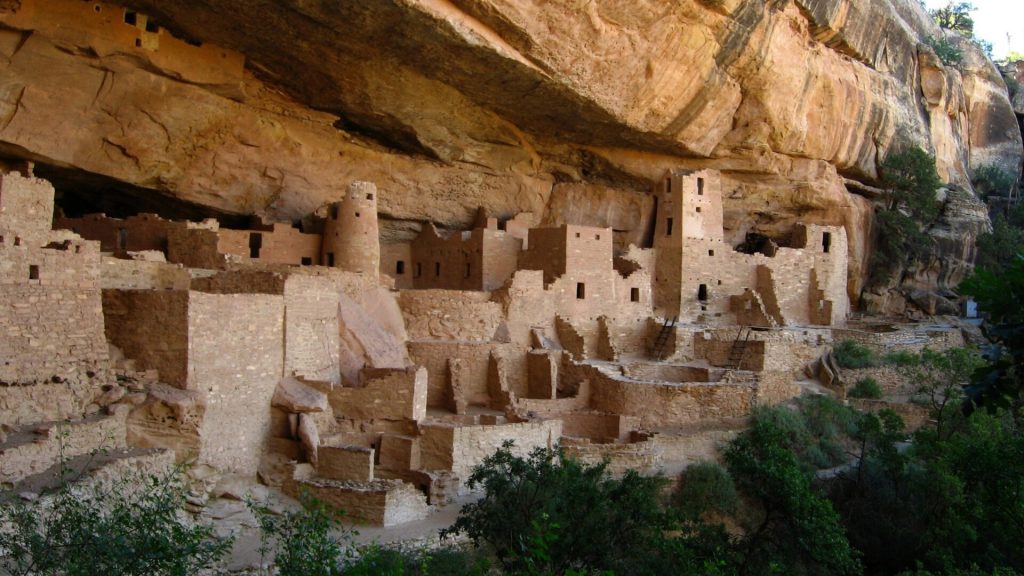
There are a total of 5,000 archaeological sites to explore within the national park. If you visit, make sure you see the incredible homes carved into and built around the rocky, sandstone landscape
California: Mission San Juan Capistrano, Orange County, AD 1776
Established in 1776 by Basque Franciscan missionary as a simple adobe chapel.
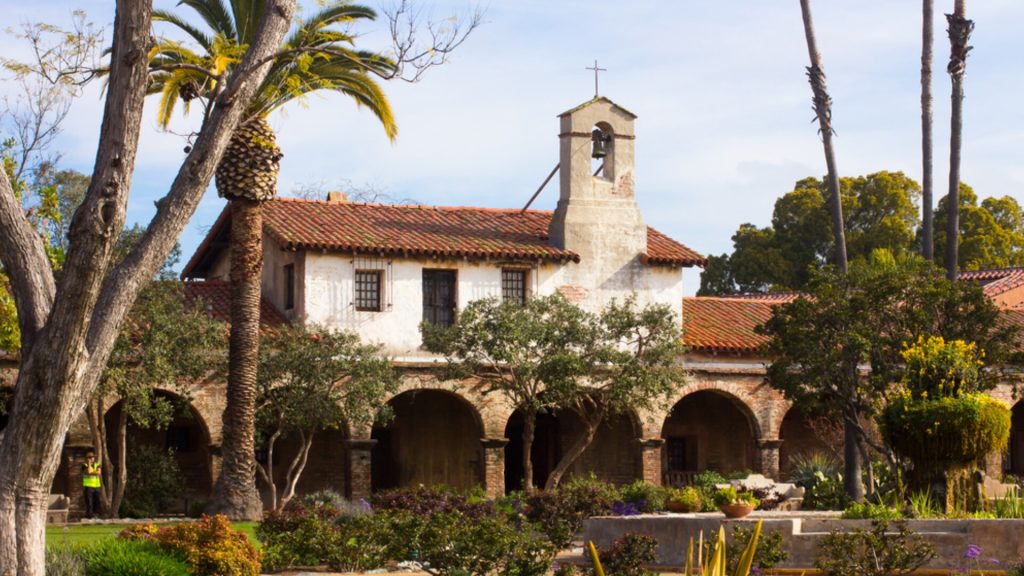
It would eventually serve as a private ranch residence before it was returned to the Catholic church in the 19th century. Today it is a museum filled with rooms and exhibits.
Connecticut: Henry Whitfield House, Guilford, AD 1639
The Henry Whitfield in Connecticut stands as one of New England’s most impressive and oldest structures.
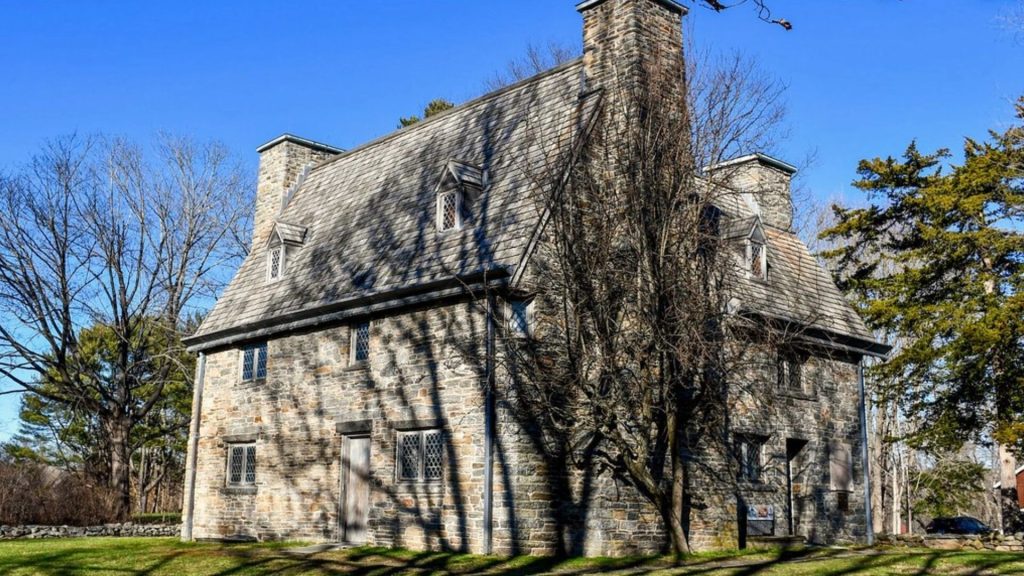
It was constructed with local granite stone in 1639 for Henry Whitfield (one of the town of Guilford’s founders). Today you can’t visit the cottage as part of the Henry Whitfield State Museum.
Delaware: Ryves Holt House, Lewes, AD 1665
With its red exterior and green roof, Ryves Holt House resembles something that you would find in a children’s book. It is reported as being the oldest structure in Delaware, built in 1665.

In 1723, the property was renamed after Ryves Holt (the first Chief Justice of Delaware) who purchased it. Today the structure is a victory center and museum.
Florida: Crystal River Mounds, Crystal River, 1000 BC
There are incredible Native American burial mounds, temples, a plaza, and a village in the Crystal River Archaeological State Park.

It is believed that the site dates back to 1000 BC, with the biggest mound being constructed out of oyster shells for a high-ranking member of the community around 600 AD. As well as exploring the museum and interpretive exhibits, you can ascend the ‘Stairway to Heaven’ of Mound A.
Georgia: Etowah Indian Mounds, Cartersville, AD 1000
The Etowah Mounds settlement spans over 54 acres, and was home to thousands of Native Americans around 1000 AD to 1550 AD. The site is the center for Mississippian culture, it has a plaza, village area, defensive ditch, and six earthen mounds, one of which is a burial mound.
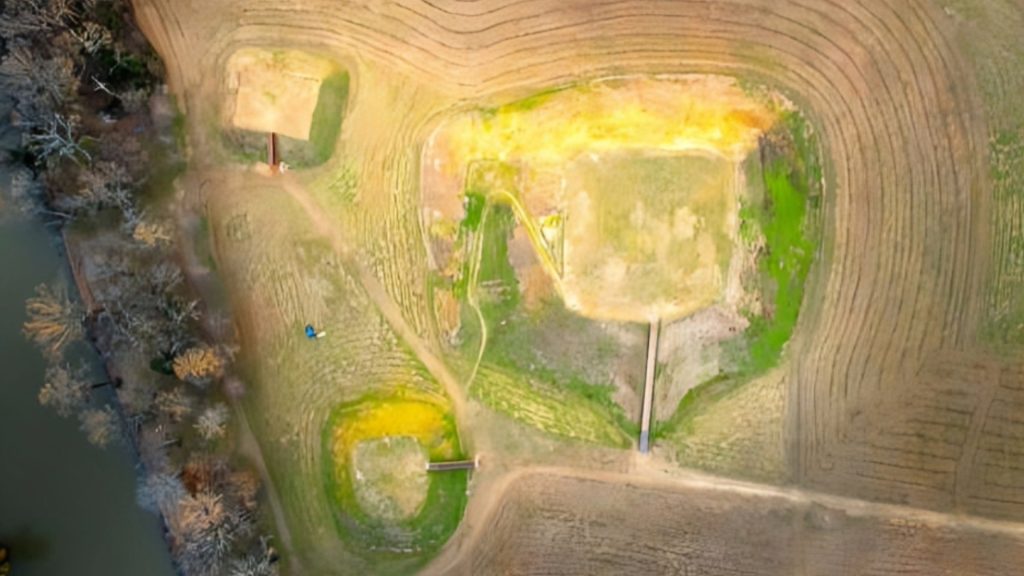
Towering above is a 63-foot flat-topped earthen knoll that most likely housed the settlement’s priest. Today the mounds are likely the most intact Mississippian culture site in the southeastern United States.
Hawaii: Mo’okini Heiau, 5th (or 13th/14th) century AD
Mo’okini Heiau remains a sacred place of worship, a living and spiritual temple for Native Hawaiians. It isn’t certain when it was actually built; verbal historians give a variant between 5th and 13th-14th centuries. This site was used for rituals that involved human sacrifice, typically dedicated to the war god Ku.

Enclosed by stone, the Heiau was crafted using a dry stacking technique creating a slanted rectangle shape. It is open every day except for Wednesday and is free to visit.
Idaho: The Mission of the Sacred Heart, Cataldo, AD 1850
The Mission of the Sacred Heart maintains its significance today, as much as it did the day it was built. Constructed without nails between 1850 and 1853 by Italian Catholic missionaries and members of the Coeur d’Alene Native American tribe.

It was reconstructed in 1975 and offers opportunities for visitors to explore the building and visitor center.
Indiana: Mounds State Park, Anderson, 250 BC
The 10 earthworks that make up Mounds State Park were built between 250 BC and 50 AD, the largest of the earthworks, affectionately called the Great Mound, dates all the way back to 160 BC.

The mounds were the construction of Adena-Hopewell people, who made these elevated areas as a place for ceremonies and to see astronomical alignments such as the summer and winter solstices. If you want to visit the site you can enjoy a visitor center, nature center and a dedicated campground.
Illinois: Cahokia Mounds, AD 700
Encompassing over 2,200 acres, this site located in the area of western Illinois, and dating back to 700 AD, is the biggest pre-Columbian site north of Mexico.

Visitors are able to explore prehistoric earthworks including the gargantuan Monks Mound, which is 98 feet high and is thought to be the biggest of its kind. You can enjoy a guided tour, typically offered during the summer months.
Iowa: Louis Arriandeaux Log House, Dubuque County, AD 1827
While the Toolesboro Mound Group stands as what is probably the oldest Native American site in Iowa that you are able to visit. This site dates back to 200 BC. The Louis Arriandeaux Log House makes for a more memorable trip.

Built some time around 1827 by a French fur trader from Canada, originally it was windowless with a chimney being added later. The cabin has been deconstructed and built back up many times, and today it is in its third location since its original contruction. If you would like to visit the site there are both public and private tours available.
Kentucky: Wickliffe Mounds Site, Wickliffe, AD 1100-1350
This site dates back 1100-1350 AD, known as the Wickliffe Mounds site, it is the perfect example of how the Mississippian peoples once lived, with houses built around a central plaza.
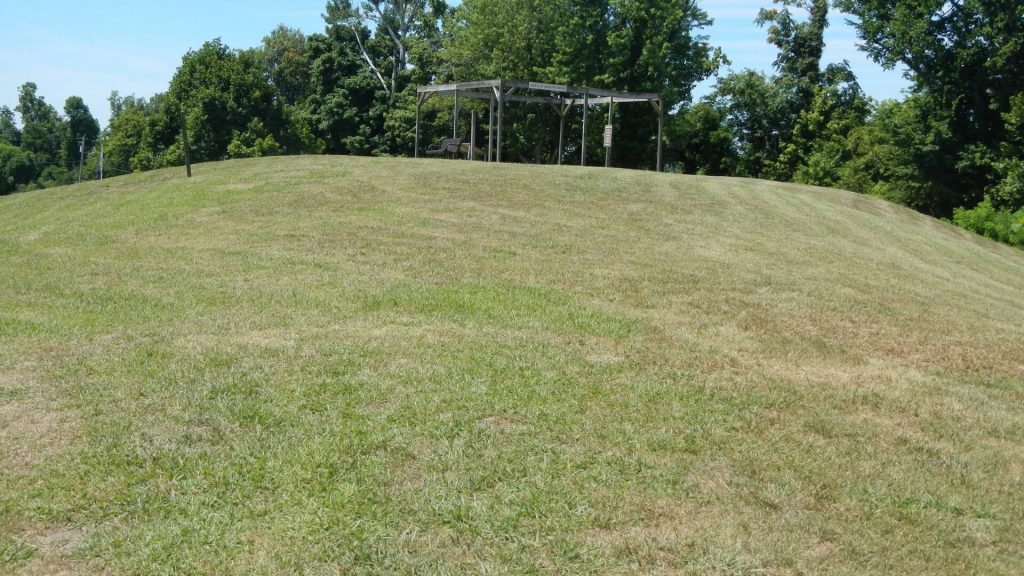
Take a tour of the museum to see amazing excavated artifacts, from pottery to weaving instruments, then climb to the top of the Ceremonial, Chief’s and Burial Mounds on the Archaeology Walking Trail Tour.
Kansas: El Cuartelejo, Scott County, AD 1650-1750
In Scotts County, Kansas you can find the United States most northeastern pueblo (settlement) ruins. Datedback to 1650 AD, many archaeologists believe this was originally a seven-room pueblo in El Cuartelejo, a Plains Apache village.

Then, in 1664, Taos Indians sought sanctuary in the village after escaping Spanish rule, cohabiting with the Apaches who already lived there.
Louisiana: Mounds A and B, Louisiana State University, circa 9000 BC
These two mounds preserve what remains of the oldest known man-made structure in all of North America. The mounds are believed to have served as a ceremonial site and were aligned with night-sky constellations.

Radiocarbon analysis revealed that Mound B (originally constructed 11,000 years ago) was demolished and rebuilt around the same time Mound A was constructed, roughly 6,000 years ago.
Maryland: Old Trinity Church, Church Creek, late 17th century AD
Visiting the Old Trinity Church might evoke feelings of being in a quaint, English village, as it was built by English settlers in the late 17th century.

After the American Revolution, it was switched from an Agelican to a Protestant Episcopal, with the graveyard that surrounds it containing the remains of veterans from every American war. The marker sign outside the still-functioning church gives insight into the historical details.
Maine: Hunnewell House, Scarborough, circa AD 1684
Hunnewell House was constructed between 1684 and 1702 by Captain Richard Hunnewell, it then became a school in 1752. Listed on the National Register of Historic Places, in recent decades it was relocated to Black Point Road.
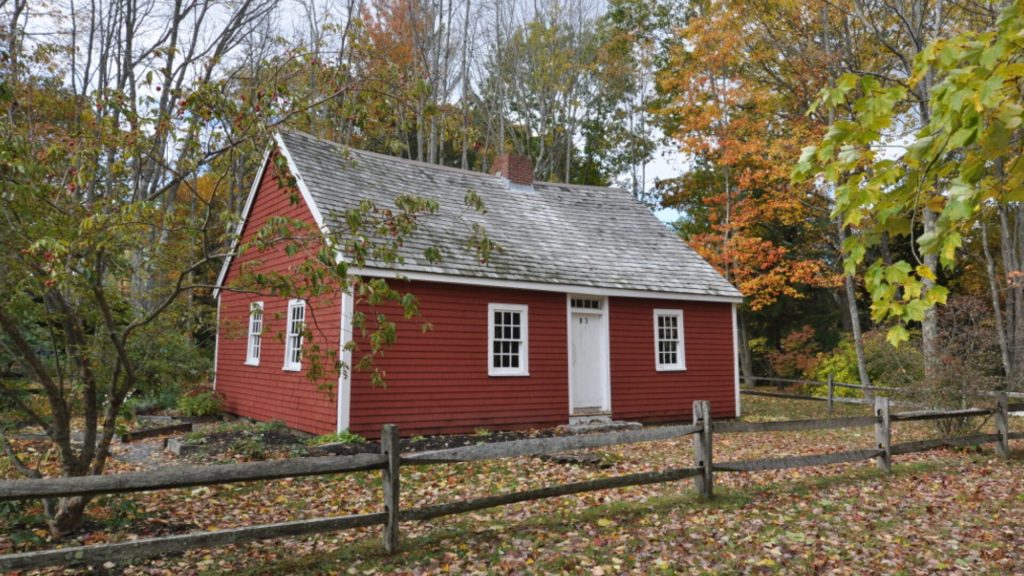
Unfortunately you can’t go inside the house, but you can check out the exterior and admire the ongoing work recreating the original garden.
Massachusetts: Fairbanks House, Dedham, AD 1637
Fairbanks House profoundly holds a title for the oldest known wooden structure and the oldest surviving timber frame house in North America, built for Jonathan Fairbanks, his wife Grace and their six children.
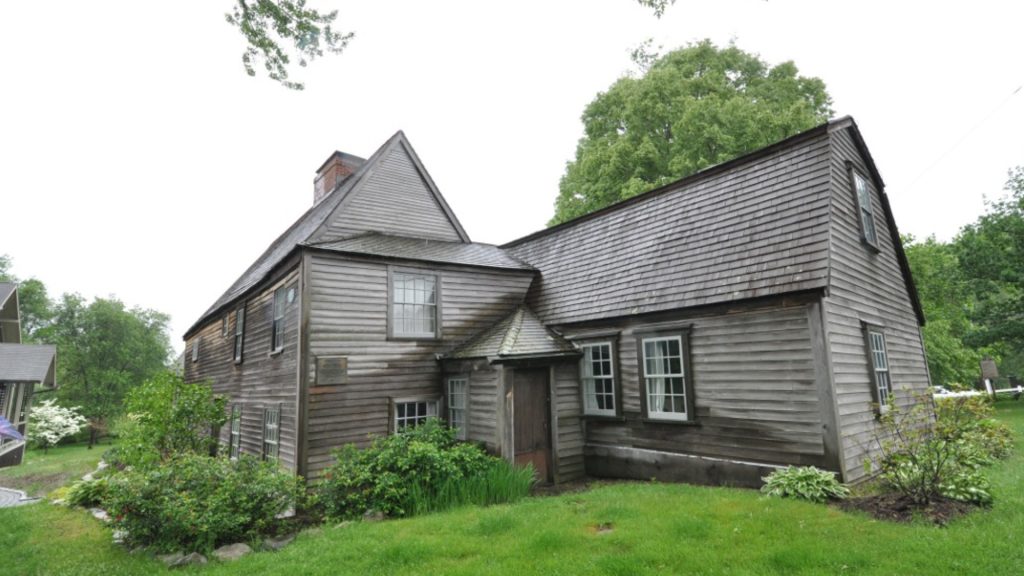
Until 1904 It was home to eight generations of the Fairbanks family. Tree ring dating pinpointed its construction to 1637-1641, today it is a historic museum that offers guided tours between the months of May and October.
Michigan: Fort Mackinac, Mackinac Island, AD 1780
Explore history first hand at Fort Mackinac on Mackinac Island, northern Michigan. The once military outpost was built by the British army between 1780 and 1782 and switched between British and American possession until the US took it for the final time in 1815.
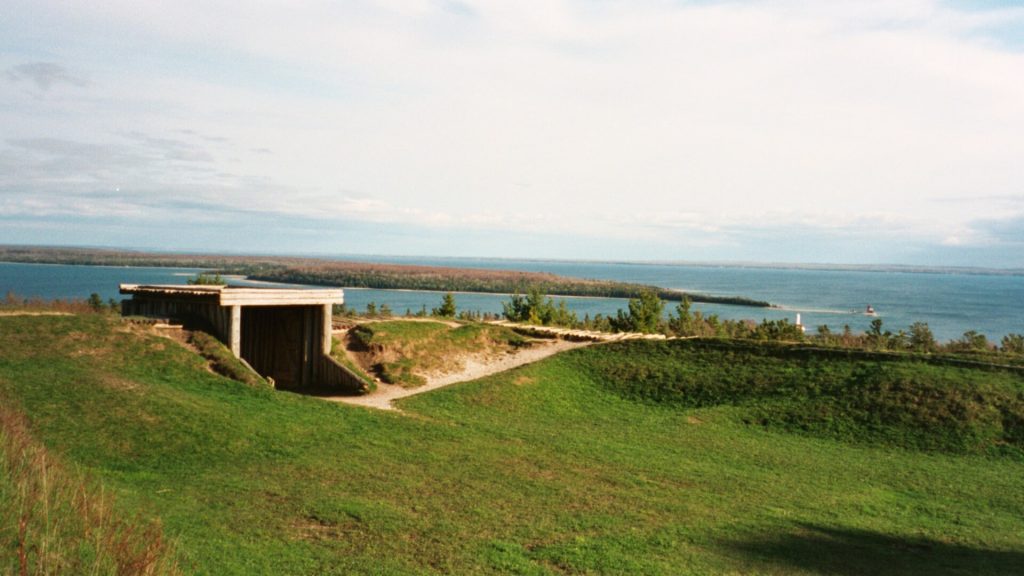
This site remained active until 1895. The fort is now open to the public and boasts themed exhibitions, tours and live programs where you can have a go at firing a cannon.
Mississippi: LaPointe-Krebs House and Museum, Pascagoula, AD 1757
Native American earthen mounds are found all over Mississippi, however the LaPointe-Krebs House has been scientifically proven to be the oldest standing structure in the state. It dates all the way back to 1757, the French colonial-period property was previously known as the Old Spanish Fort – except it was neither Spanish nor a fort.
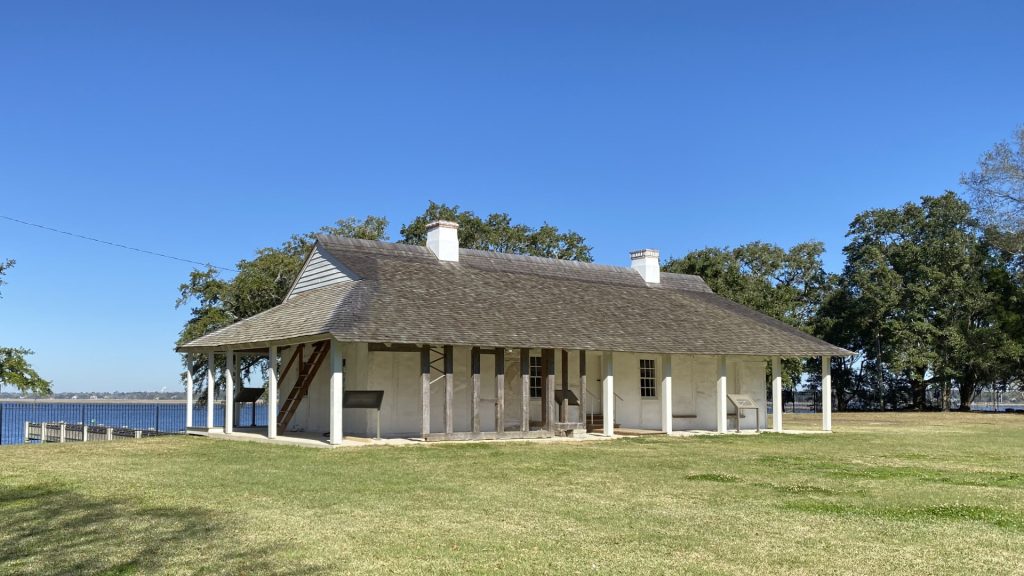
Originally composed of two rooms and a fireplace, the ancestral home of the Krebs family underwent continuous expansion, with its most recent additions being added in the early 1900s. There is a museum onsite where you can learn more about its history.
Minnesota: Fort Snelling, Minnesota, AD 1820
In Minnesota, Mille Lacs Kathio state Park is home to preserved burial mounds that date back to 3000 BC, but the Round Tower at Fort snelling is more likely to catch your attention.
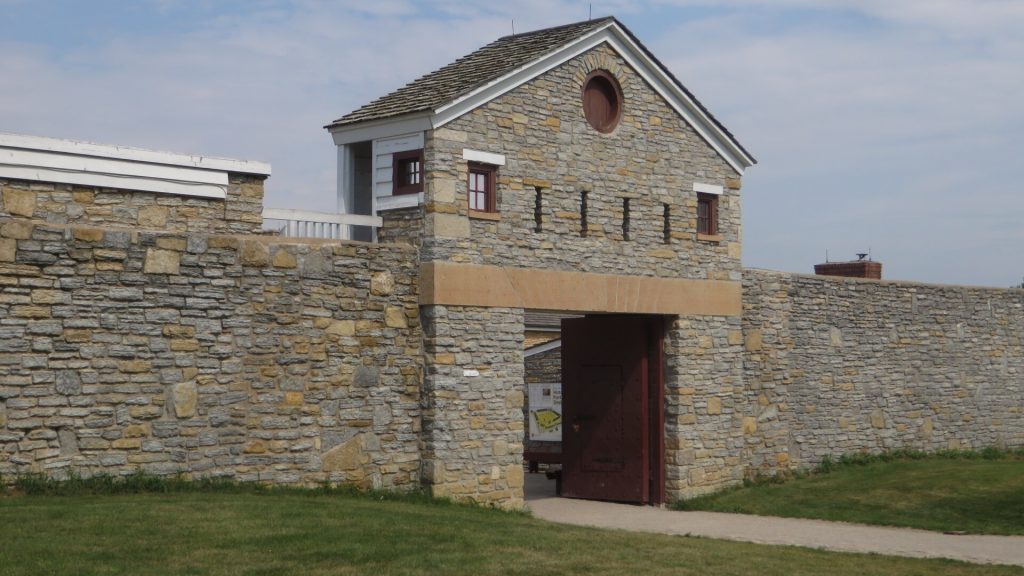
Originally it was called Fort St. Anthony, the stone fortress was built between 1820 and 1825 and was practically impregnable, with musket slits that allowed defenders to fire at enemies.
Missouri: Bolduc House, Sainte Genevieve, 1780s AD
It was thought for a long time that the Bolduc House was constructed in the 1790s,but it is believed now that sections of the vertical log house could date back to the 1780s.
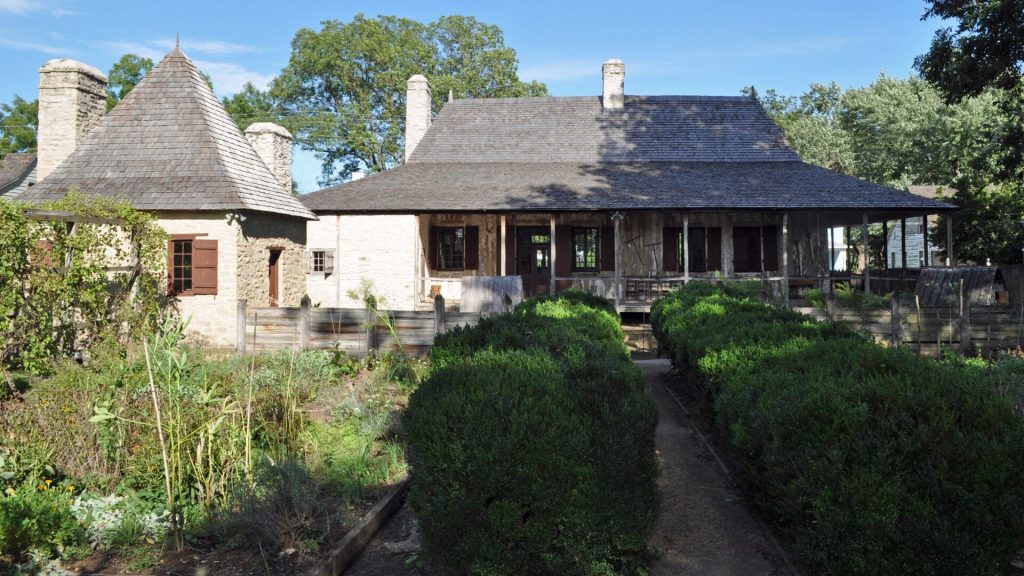
Members of French-Canadian merchant Louis Bolduc’s family lived here until 1949, and it reopened as a house museum in 1958.
Montana: Fort Connah, Missoula, AD 1846
Located in a remote prairie, this tiny log cabin was built between 1846 and 1847 by Scottish-born fur trapper Angus McDonald.
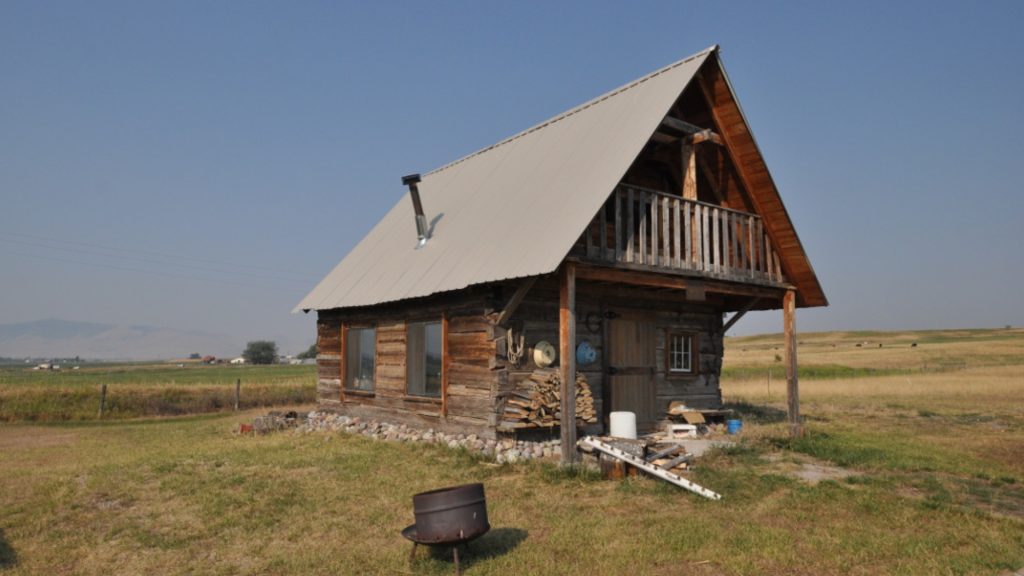
It was part of the Hudson’s Bay Trading Post until 1871, trading in the likes of fur, buffalo meat and rawhide. Today it is home to a visitor center and a museum, but with two other cabins – one with historical artifacts and displays – have joined the original storehouse, so you can really get a sense of what Fort Connah was like.
Nebraska: Bellevue Log Cabin, Bellevue, Nebraska, AD 1830
The Bellevue Log Cabin stands as the oldest building in Nebraska. Built close to the Missouri River in 1830, and later relocated to a place that was farther from the stream after a cholera outbreak in 1835.

It was moved again in 1850 to a location that you can visit today. The dinky cabin was built with cottonwood logs, and eventually it was built out to twice the original size. You can contact the Sarpy County Historical Museum and Society for a tour of the property.
New Hampshire: Jackson House, Portsmouth, AD 1664
The Jackson House was built in 1664 and combines both English and American architecture. Later additions included a lean-to by 1715 and bedchamber in 1727, and the property remained in the Jackson family until 1947.

You can visit the once house now museum between the months of June and October.
Nevada: Old Mormon Fort, Las Vegas, AD 1855
Despite going through a partial reconstruction, you can still see sections of the original Old Mormon Fort that was built by Mormon missionaries in 1855. This tiny 150 square foot outpost was used for travelers.
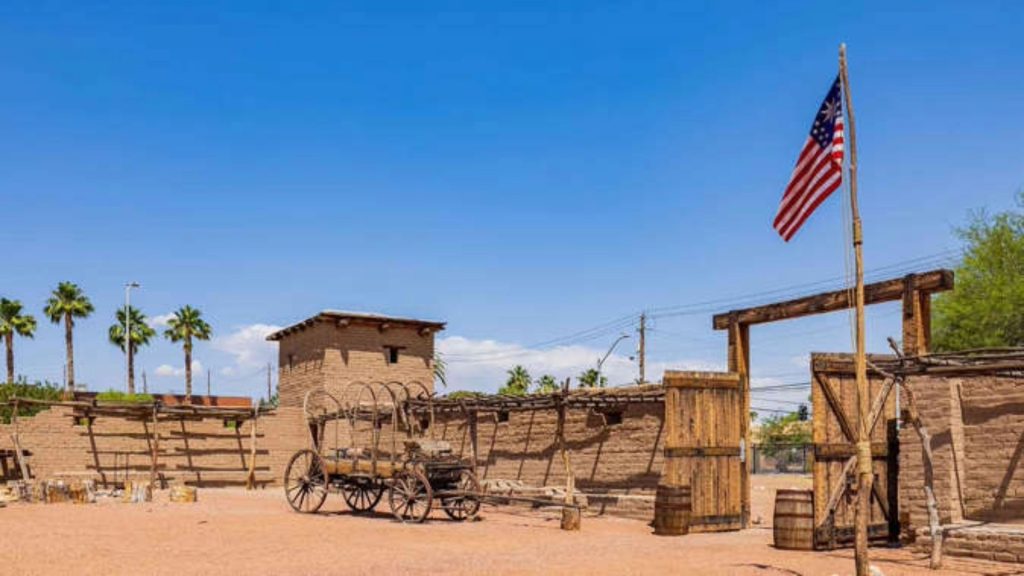
It will seem as though you have traveled back in time, and both the fort and visitor center have artifacts that were found at the 19th-century site.
New Jersey: C. A. Nothnagle Log House, Gibbstown, AD 1638
Staking its claim as the oldest log cabin that is still standing in the Western Hemisphere, C. A. Nothnagle Log House was built by Swedish or Finnish settlers using oak logs and hardwood pegs in place of nails.
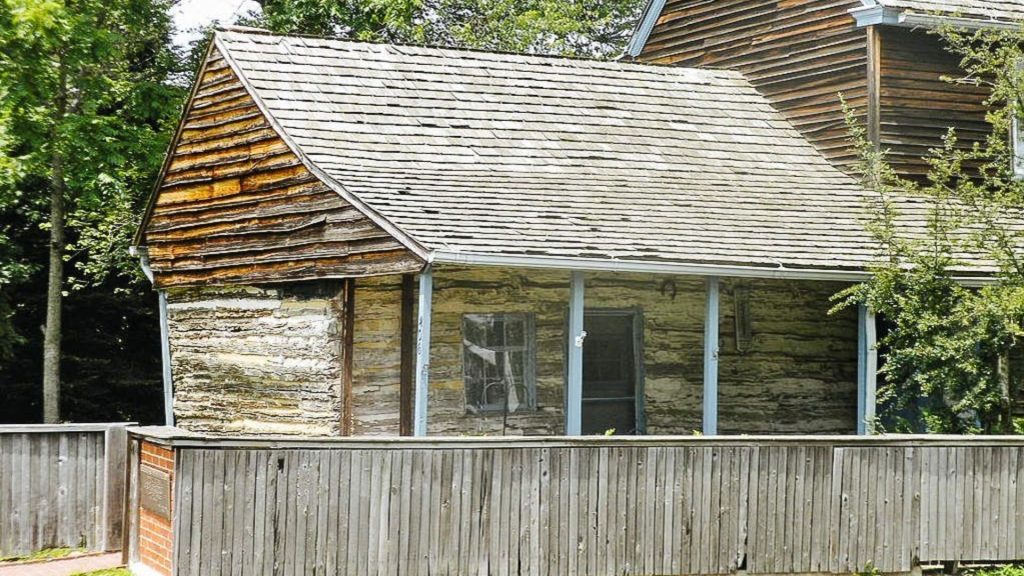
It is thought that the oldest part of the house dates back to 1638-1643, while it is a private residence now, the owner offers tours by appointment. If you do visit, you’ll see some of the original features, like 16th-century ironware, a brick fireplace and even a 300-year-old shoe found beneath the floorboards.
New Mexico: Chaco Culture National Historical Park, AD 850-1450
New Mexico boasts a wealth of ancient sites you can still visit, from the Taos Pueblo (built around AD 1325) which still houses permanent residents today, to the AD 1100 Aztec Ruins located along the Trail of the Ancients Scenic Byway.

Chaco Culture National Historical Park is renowned as harboring the oldest remains, with structures built around AD 850. Chetro Ketl, a three-acre ceremonial site or royal palace, was built around AD 990. From the visitor center, a nine-mile loop road runs through five major sites, or you can book onto a guided Ranger tour.
North Carolina: Lane House, Edenton, AD 1719
Verified by tree dating as the oldest building in North Carolina, it is likely that the Lane House was built in 1719, although the origin of who built it remains a mystery. When it was first built it was constructed with two rooms at the ground floor and two in the attic.

Despite the fact that the house remains occupied, you can still drive to Edenton to admire the structure from the outside.
New York: Wyckoff House, Brooklyn, AD 1652
Wyckoff House has been standing in Brooklyn since 1652, its Flemish influences are evident with a steep, sloping roof and split Dutch doors. It was close to being demolished in the 1950s but luckily it was able to stand the test of time, and in 2001 it opened as a museum.

After being damaged by Hurricane Ida it was temporarily closed for repairs, but you are still able to engage in a self-guided audio trail around the building, surrounded by grass and trees.
North Dakota: Gingras Trading Post, Walhalla, AD 1844
Antoine Gingras, a prominent Metis (mixed European and Native American) fur trader built this oak log trading post in 1844 using dovetailed and pegged joints.

The original logs are still exposed today, retaining their fragility. However, the second building on the site, the family home, has been restored to its colorful former glory. Take a look inside and read the interpretative panels telling you more about this historic place, as well as about Métis culture.
Oklahoma: Spiro Mounds, Fort Coffee, AD 850
The Spiro Mounds archaeological site comprises one burial ground, two temple mounds, and nine house mounds, collectively representing an essential regional and religious hub for the Caddoan Mississippian culture and a prehistoric Native American people whose descendants make up the modern Caddo Nation of Oklahoma.

Constructed and occupied between AD 850 and 1450, the 80-acre site is best known for its burial mound, which has yielded thousands of artifacts regardless of sustaining significant damage in the 1930s. The mounds earned their place on the National Register of Historic Places in 1969, and are still Oklahoma’s only prehistoric Native American archaeological site open to the public.
Ohio: Wolf Plains, Athens, 800 BC
Ohio is another state that is home to many ancient mounds. Today there are six mounds that remain on the Wolf Plains in Athens, built by the Adena culture between 800 BC and AD 100.
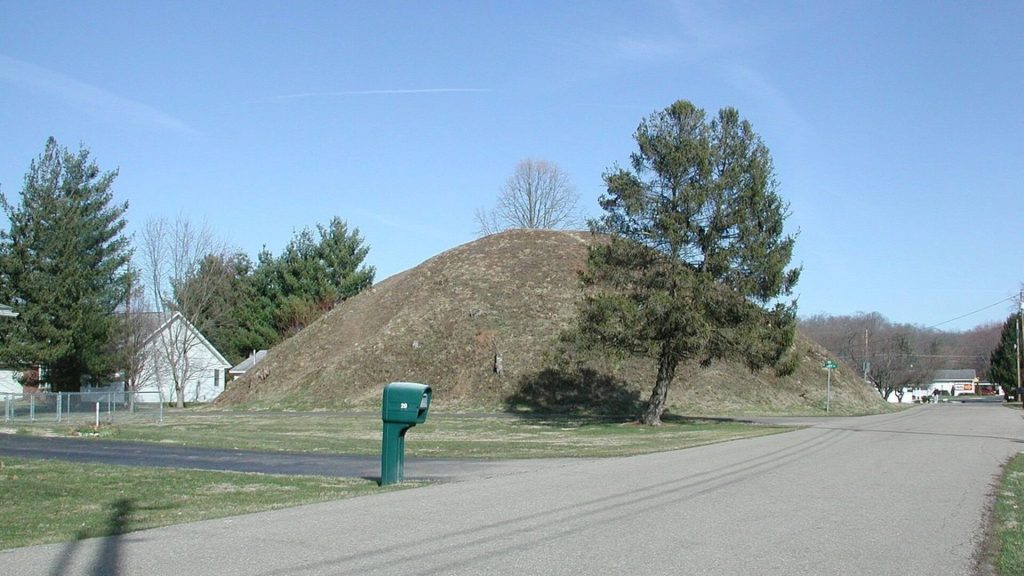
This area was a hub for activity in ancient times, with everything from sports enclosures to spiritual sites.
Oregon: Molalla Log House, 1790s AD
With no known documented historical records about this house, which was only discovered in 1984, experts are still uncertain of where the Molalla Log House originally stood – or even what purpose it served.

Historians sorted out that the house had been relocated from an unknown location in 1892, recently it was moved again to its current location. Tree ring dating tells us that the false hemlock logs used to construct it were felled in 1799, and it’s been theorized that the house was built by fur traders from Canada.
Pennsylvania: Lower Swedish Cabin, Upper Darby, mid-17th century AD
You will feel like you have gone back in time when you visit the Lower Swedish Cabin in Drexel Hill, which resembles the original structure that was built between the 1630s and 1650s by Swedish settlers.
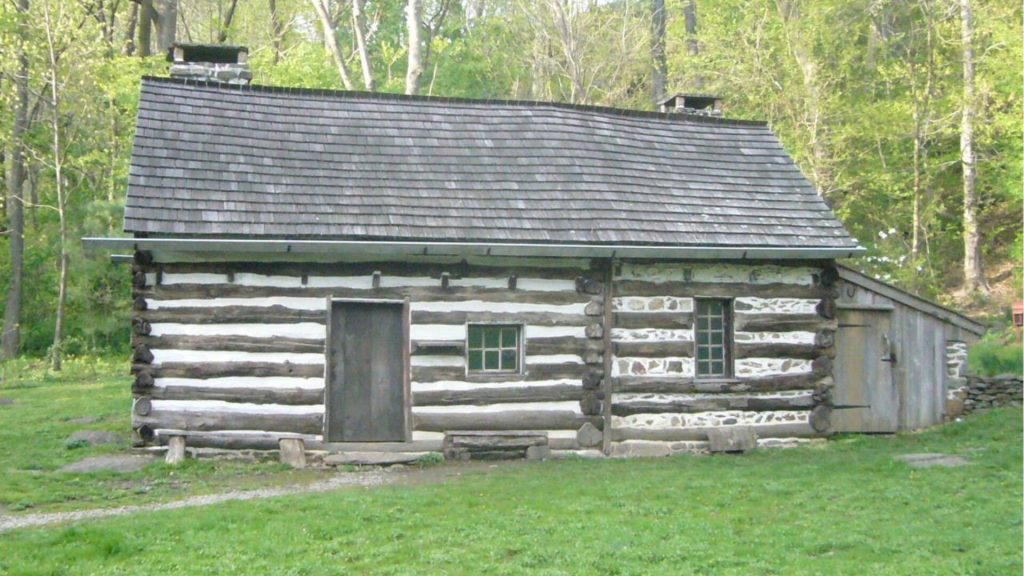
Originally the wooden timber structure was used as a trading post by the Swedish colony and the local Native Americans to exchange tools, beads and furs.
Rhode Island: Newport Tower, Newport, circa AD 1635
Will the enigma of who constructed the Newport Tower ever be solved? Widely believed to be built as a windmill in the 17th century (parts of the structure were radiocarbon-dated to 1635-1698), there are many theories that believe it could be of Portuguese, Scottish, Chinese or even Viking origin.

Visit the Newport Tower Museum in Touro Park and make your mind up for yourself…
South Carolina: The Pink House, Charleston, AD 1690
With its authentic gambrel roof and surrounding cobblestone road, this quant palace really does make you feel as if you’re walking the streets of France.
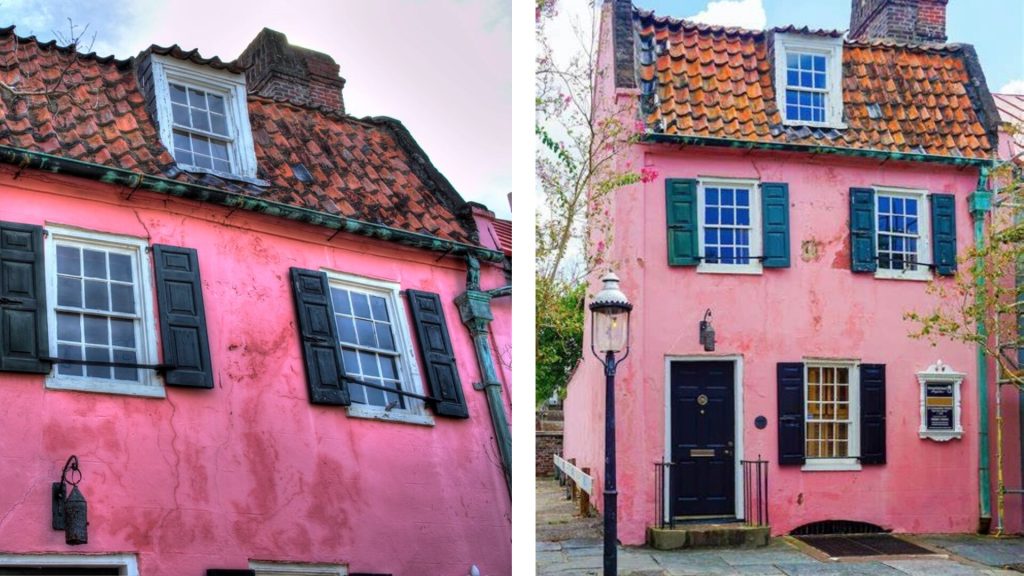
The Pink House, located in Charleston’s French Quarter, was built in 1690 as a tavern (and brothel). Since then it has been used as a law office, private residence, and currently it is an art gallery. There are rumors of it being returned to a private residence again, so go check it out while you can!
South Dakota: Mitchell Prehistoric Indian Village, Lake Mitchell, AD 1000
With a history that spans over a thousand years, this Native American village is the only pre-Columbian archaeological site in South Dakota that you can actually visit.
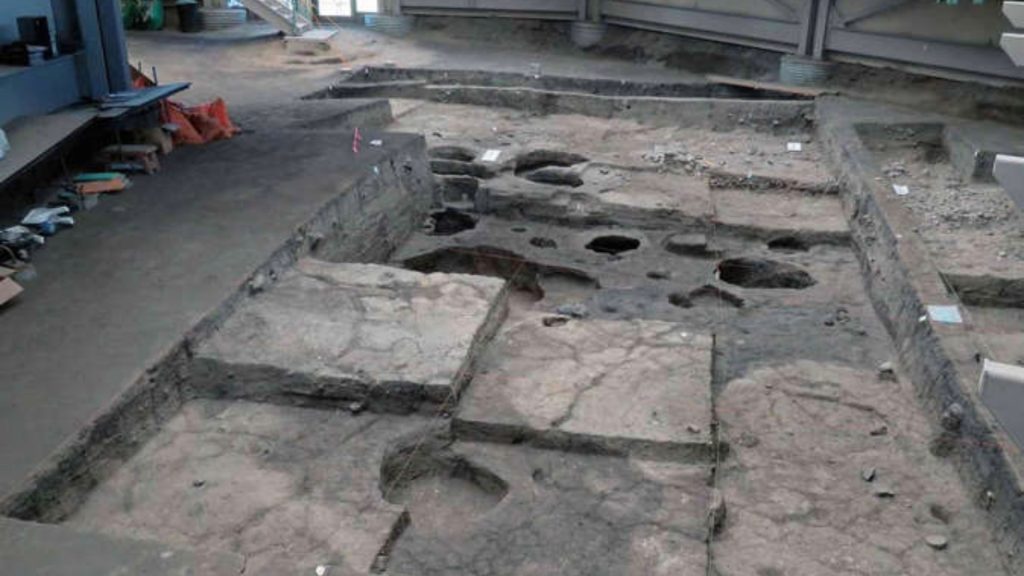
You can witness archaeologists at work with ongoing excavations, then visit the Boehnen Memorial Museum to see a reconstruction of the lodge that once stood here.
Tennessee: Old Stone Fort, Manchester, 100 BC
Discover the ancient allure of America at the Old Stone Fort State Archaeological Park in Manchester, Coffee County. People have lived on this land from 6000 BC and its centerpiece is the Old Stone Fort, with remnants of raised walls on a large ancient earthwork.
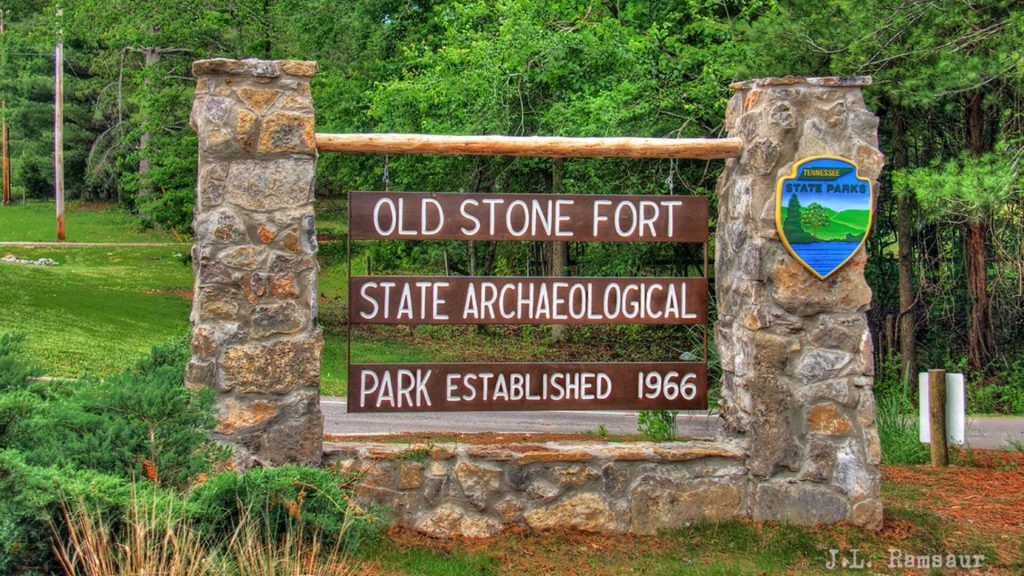
It is thought to look like a Native American ritual enclosure and dates to the Middle Woodland period (100 BC-AD 500).
Texas: Caddo Mounds State Historic Site, Nacogdoches, AD 800
Founded by the Caddo people AD 800, this site served as both village and ceremonial center before abandoning the site in the 13th century.
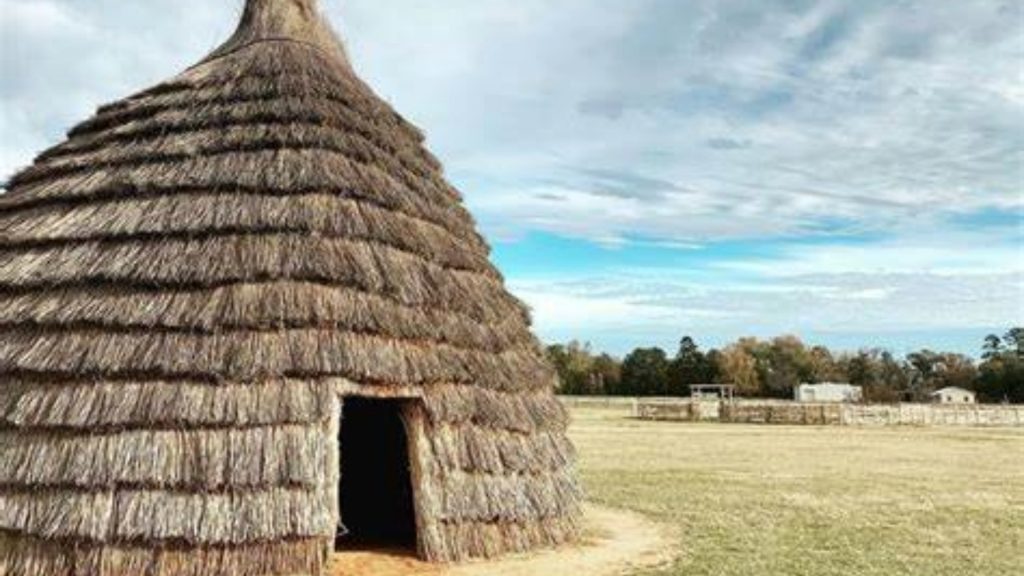
It would be easy to spend hours in the Caddo Mounds State Historic Site, exploring the various temple mounds, reconstructed dwellings, and visitor center.
Utah: Ancient Puebloan cliff dwellings, AD 750
We can thank the ancient Puebloans for the myriad cliff dwellings scattered across Utah. Nestled in the rocks at Bears Ears National Monument is the River House Ruin, it dates back to AD 900, and harbors the well-preserved remnants of two houses and a kiva (a room used by the Puebloans for religious rituals).

The constructions at Cutthroat Castle at Hovenweep National Monument were built between AD 750-1300. It truly is a sight worth seeing.
Vermont: Governor Hunt House, Vernon, AD 1764
According to tree ring dating, the Governor Hunt House is one of Vermont’s oldest structures. Bachelor Jonathan Hunt built the house In 1764 and lived here with his brother, who also happened to be a bachelor.
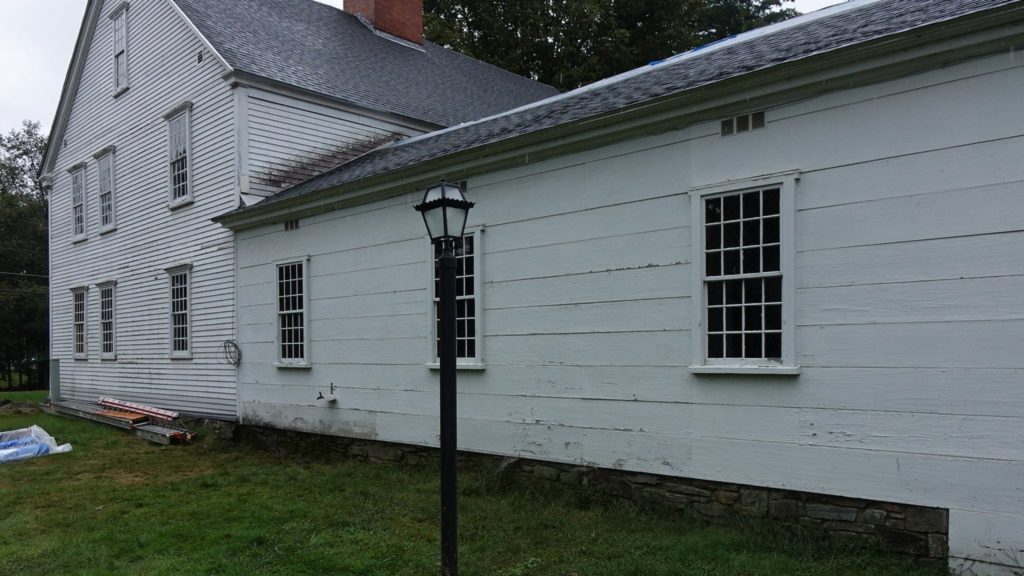
Jonathan Hunt finally married a woman named Lavinia Swan In 1779, after that the home was passed down through the Hunt family’s generations.
Virginia: Jamestown Church, Jamestown, early 17th century AD
Travelol to Jamestown, it is the birthplace to America’s first permanent English settlement, visitors can visit the multiple structures still standing that date back to the 17th century, including this brick tower from 1639.
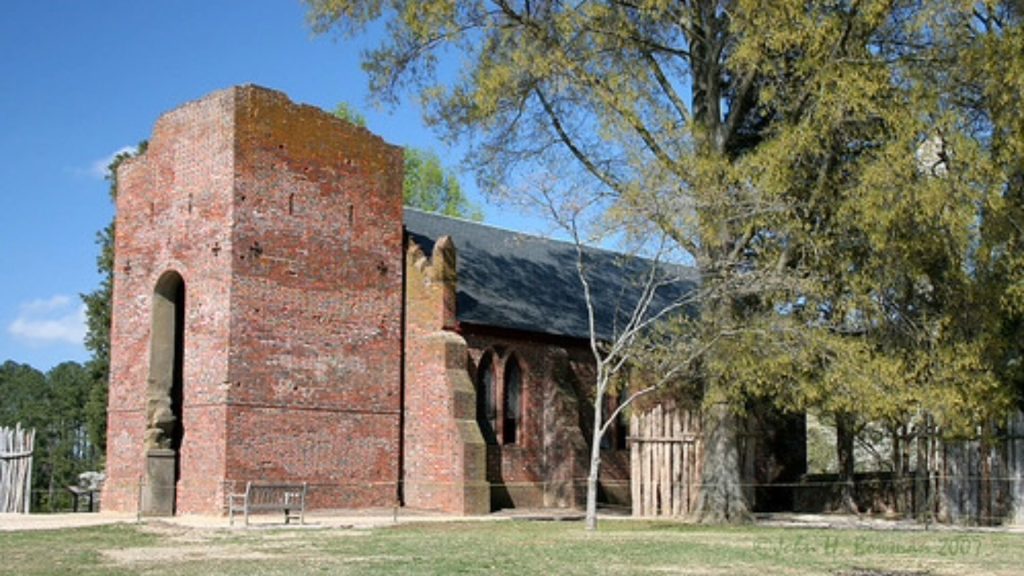
Moreover, Virginia is also home to a plethora of Native American history, including the Ely Mound, an ancient earthwork that was built between AD 1200 and 1650.
West Virginia: Grave Creek Mound, Moundsville, 250 BC
Exploring West Virginia’s ancient earth mounds you can visit the Grave Creek Mound, which is notably the most impressive. The Adena people used more than 57,000 tons of sand and earth to build one of the largest Adena mounds ever located.

The site now forms part of the Grave Creek Archaeological Complex, and a trip to the museum will take you all the way back to the Ice Age.
Washington: Prince’s Cabin, Walla Walla, AD 1837
Constructed in 1837 by the Husdons’s Bay Company for a Cayuse headman that was known as “the Prince ”, the Prince’s Cabin is a small timber structure built in 1837.
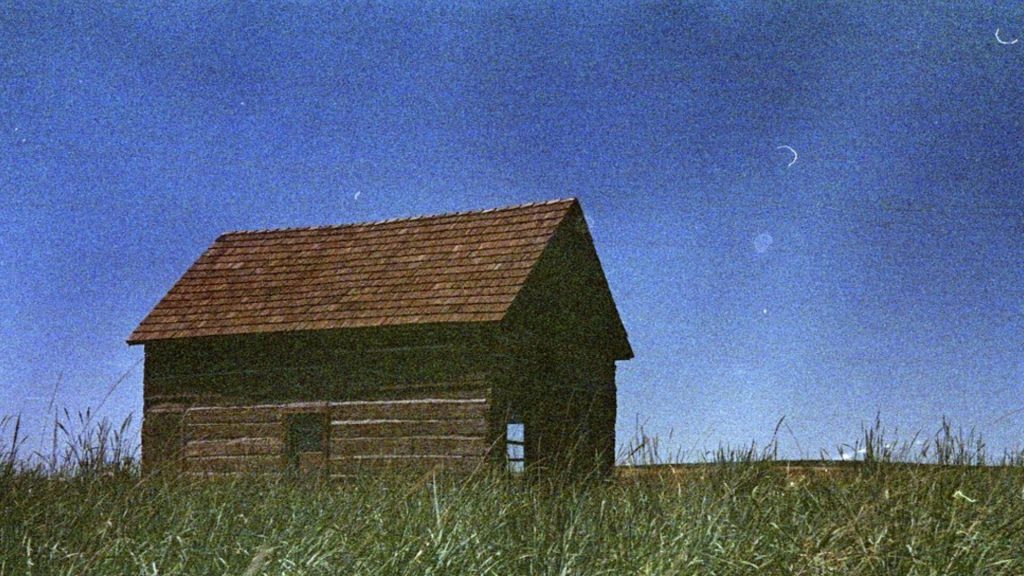
It would later become the property of non-native owners, and relocated from its original location to the Frenchtown Historic Site in Walla Walla. Sadly you can’t go inside, however there are still historical markers outside that you can visit.
Wisconsin: Tank Cottage, Allouez, AD 1776
Tank Cottage is a significant feature of Heritage Hill State Park, an open-air museum. It was built in 1776.

Step inside to admire the centuries-old pieces of Dutch origin, as the historical marker outside explains.
Wyoming: Bighorn Medicine Wheel, Lovell, AD 1200
Nestled atop a mountaintop site is a Native American archaeological site up to 7,000 years old. It is believed that the Bighorn Medicine Wheel was used to predict astronomical events like the summer solstice, although nobody knows for sure.
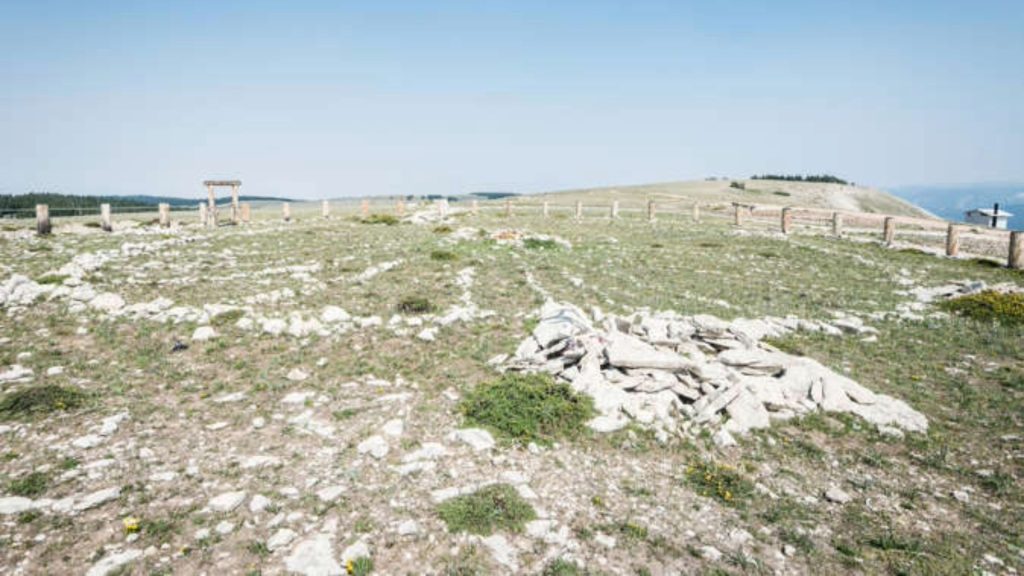
The wheel is protected by a fence, and is adorned with dreamcatchers and prayer cloths. It’s best seen in summer (and from above), when the snow melts away to reveal the limestone rocks organized in a wheel shape with regularly spaced spokes.

